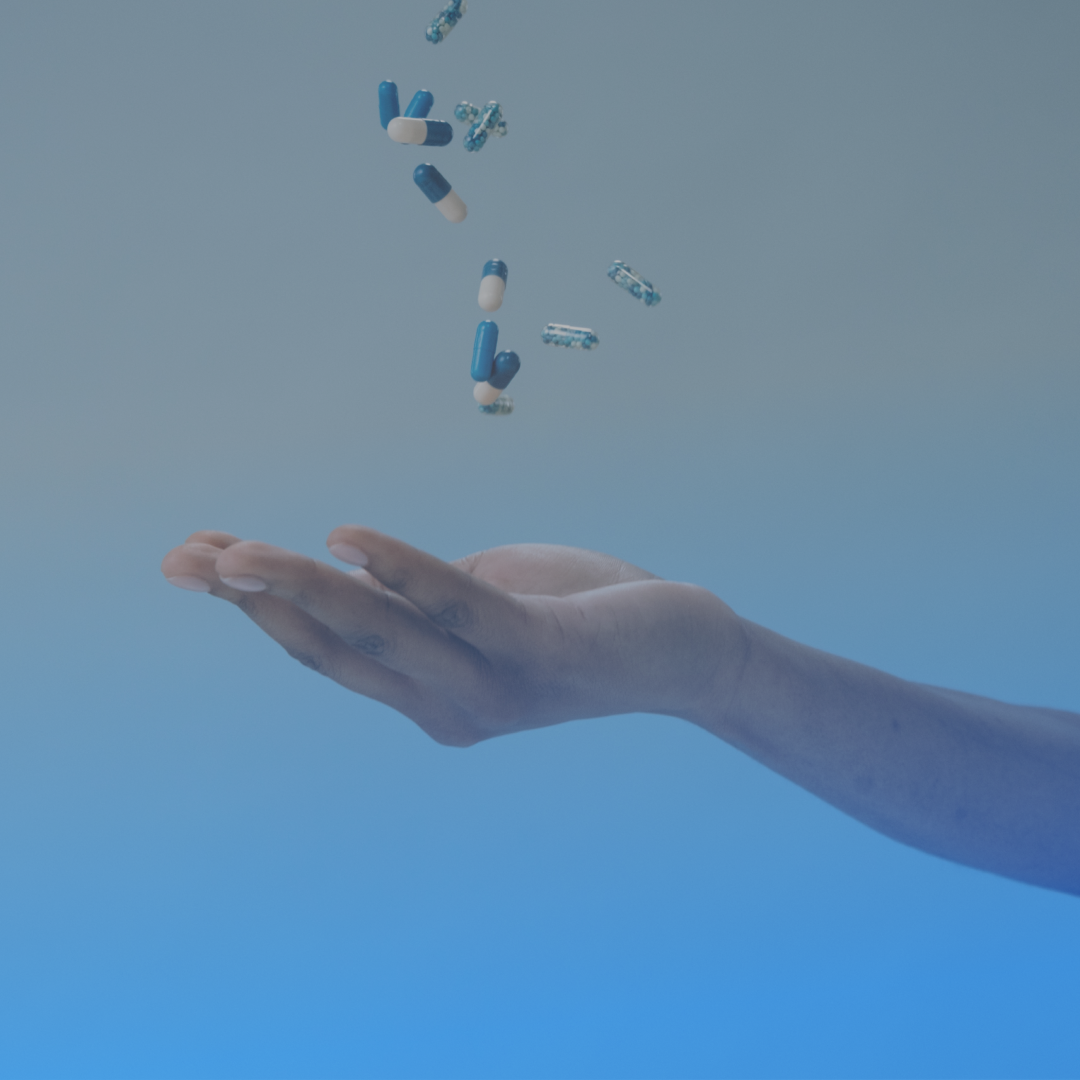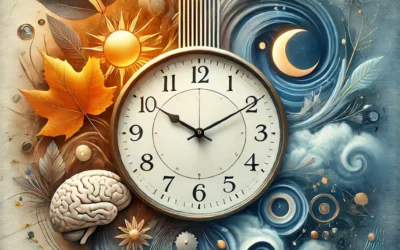Die Behandlung psychischer Erkrankungen lässt sich in vielerlei Hinsicht unterteilen. So unterteilen wir beispielsweise die Behandlungsdauer in Kurz- und Langzeitbehandlung oder die Behandlungsmethode in pharmakologische und nicht-pharmakologische Behandlung.
In diesem Artikel werden wir eine pharmakologische Behandlung (Pharmakotherapie) vorstellen, die sich hauptsächlich auf unsere Gehirnprozesse und psychologischen Funktionen auswirkt. Medikamente, die zur Behandlung psychischer Störungen eingesetzt werden, werden als Psychopharmaka bezeichnet und lassen sich je nach den psychologischen Funktionen, die sie beeinflussen, in mehrere Grundgruppen einteilen.
Im Folgenden stellen wir den ersten Teil der bei Patienten mit bipolarer Störung am häufigsten verwendeten Arzneimittelgruppen vor (Stimmungsstabilisatoren, Antidepressiva und Antipsychotika). Im folgenden Artikel werden wir weitere Medikamentengruppen vorstellen (Anxiolytika, Hypnotika, Neuroleptika und Psychostimulanzien).
Wie bei allen verschriebenen Medikamenten ist es ratsam und notwendig, der individuellen Empfehlung Ihres behandelnden Psychiaters zu folgen. Wir sind alle einzigartig, sowohl körperlich als auch geistig, und die Einrichtung einer wirksamen Behandlung ist sehr individuell. Die folgende Zusammenfassung der Informationen ist nur eine allgemeine Beschreibung.
Die erste Gruppe von Drogen sind die ANTIDEPRESSIVAdie hauptsächlich zur Behandlung von Depressionen, Angstzuständen und anderen psychischen Störungen eingesetzt werden. Antidepressiva werden in Untergruppen eingeteilt, je nachdem, welchen Wirkstoff sie enthalten oder wie sie auf den Organismus wirken. Die am häufigsten verwendeten sind die so genannten SSRIs (selektive Serotonin-Wiederaufnahme-Hemmer), die dem Gehirn helfen, das Serotonin effizienter zu verwalten, und somit unsere Stimmungsregulierung beeinflussen. Zu den SSRIs gehören Zoloft, Cipralex, Deprex, Prozac usw.
Eine weitere Gruppe sind die sogenannten SARIs (Serotonin-Agonisten-Wiederaufnahme-Hemmer), die eine doppelte Wirkung haben. Wie SSRI helfen sie bei der Steuerung des Serotoninhaushaltes und versorgen den Körper gleichzeitig mit einer serotoninähnlichen Substanz, was die stimmungsstabilisierende Wirkung insgesamt verstärkt. Das bekannteste Medikament dieser Art ist Trittico.
Bei der letzten Gruppe von Antidepressiva handelt es sich um dualistische Antidepressiva, die auf zwei Arten von neuroendokrinen Systemen einwirken. Eine Untergruppe, genannt NDRIs, zielt auf den Ausgleich von Dopamin und Noradrenalin ab, die die Stimmung regulieren und gleichzeitig die allgemeine Aktivierung des Körpers fördern. Das am häufigsten verwendete Medikament ist Wellbutrin. Dies ist jedoch keineswegs eine vollständige Liste von Untergruppen oder Beispielen für spezifische Antidepressiva.
Bei der Behandlung der bipolaren Störung, STIMMUNGSSTABILISATORENDie sogenannten Thymoprophylaktika werden hauptsächlich zur Linderung manischer und depressiver Episoden eingesetzt, ohne dass die Gefahr besteht, dass die Stimmung in die entgegengesetzte Richtung umschlägt, wie dies bei Antidepressiva der Fall ist. Der älteste bekannte Stimmungsstabilisator ist Lithium. Im Laufe der Zeit hat man festgestellt, dass auch andere Medikamentengruppen eine thymoprophylaktische Wirkung haben, wie z. B. einige Antiepileptika wie Valproat, Depakin oder Biston. Die neuesten Arten von Stabilisatoren (wie Lamotrigin oder Lamictal) sind sogar in der Schwangerschaft sicher.
Eine weitere Gruppe von Drogen sind ANTIPSYCHOTIKADie Antipsychotika, früher als Neuroleptika bekannt, helfen bei der Integration der geistigen Funktionen. Antipsychotika können eine stimmungsstabilisierende Wirkung haben und psychotische Symptome wie Halluzinationen oder Wahnvorstellungen verringern. Ähnlich wie bei den Antidepressiva gibt es bei den Antipsychotika viele Untergruppen. Die älteste Untergruppe sind die klassischen Antipsychotika, die relativ schnell wirken, sedierend sind und für schwere und psychotische Manifestationen der bipolaren Störung oder Schizophrenie geeignet sind. Zum Beispiel Haloperidol.
Eine weitere Gruppe sind die sogenannten atypischen ANTIPSYCHOTIKAdie nicht nur auf die Dopaminproduktion einwirken und damit die psychotischen Symptome lindern, sondern z. B. auch auf Serotonin und wie bei den Antidepressiva zur Stabilisierung der Stimmung beitragen. Zu dieser Gruppe gehören viele Medikamente wie Risperidon, Zyprexa, Olanzapin, Quetiapin, Abilify usw.
Glossar:
Medikation = Verwendete Medikamente = Drogen
Vermittler = Neurotransmitter = chemische Substanz in unserem Körper, die im Gehirn Informationen zwischen einzelnen Nervenzellen, d. h. Neuronen, überträgt (z.B.: Serotonin, Dopamin,...)
Agonist = ein Medikament, das wie ein natürlicher Mediator wirkt
Serotonin = Chemikalie, ist als Neurotransmitter hauptsächlich für die Stimmungsregulierung verantwortlich, sein Mangel wird mit Depressionen in Verbindung gebracht
Dopamin = als Neurotransmitter beeinflusst es das Erleben von angenehmen Gefühlen (sein Gehalt kann mit Sucht in Verbindung gebracht werden), sie beeinträchtigt die Integration der geistigen Funktionen (sein Gehalt wird mit Schizophrenie in Verbindung gebracht) und die motorische Funktion (sein Gehalt wird mit Parkinson in Verbindung gebracht).
Noradrenalin = als Neurotransmitter beeinflusst es Schlaf, Wachsamkeit, Aufmerksamkeit, aber auch die Stimmung
Orel, M. (2016). Psychopatologie: Nauka o nemocech duše (2., aktualizované a doplněné vydání). Grada.
Vieta, E., Berk, M., Schulze, T. G., Carvalho, A. F., Suppes, T., Calabrese, J. R., Gao, K., Miskowiak, K. W., & Grande, I. (2018). Bipolar disorders. Nature Reviews Disease Primers, 4, 18008. https://doi.org/10.1038/nrdp.2018.8 Titelbild. (2021). In Neurobiologie der bipolaren Störung (s. i-ii). Elsevier. https://doi.org/10.1016/B978-0-12-819182-8.09994-4



